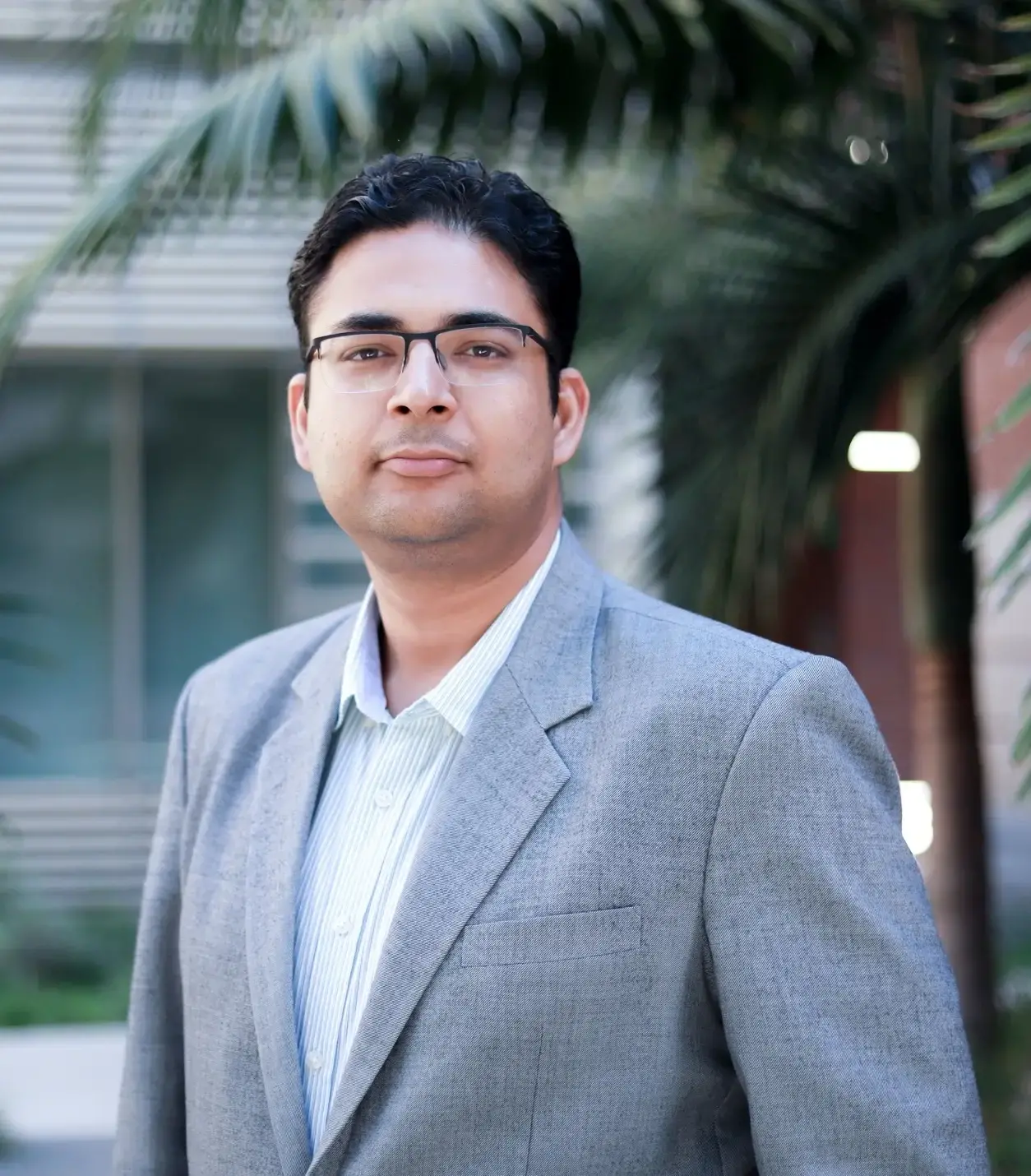April 9, 2024
@
4:00 PM
–
5:00 PM
Samanvaya Srivastava
Department of Chemical and Biomolecular Engineering
University of California (UCLA)
Los Angeles, CA
Polyelectrolyte Complex Scaffoldings for Wet Adhesives and 3D Bioprinting Inks
Photocrosslinkable precursors (small molecules or polymers) undergo rapid crosslinking upon photoirradiation, forming co-valently crosslinked hydrogels. The spatiotemporally controlled crosslinking, which can be achieved in situ, encourages the utility of photocrosslinked hydrogels in biomedicine as bioadhesives, bioprinting inks, and extracellular matrix mimics. However, the low viscosity of the precursor solutions results in handling difficulties owing to unwanted flows and dilution and compromises the strength of the photocrosslinked hydrogels. In this talk, I will introduce oppositely charged triblock polyelectrolytes as additives for precursor solutions that trans-form the precursor solution into a self-assembled polyelectrolyte complex (PEC) hydrogel with enhanced shear strength and viscosity, providing interim protection against precursor dilution and mitigating secondary flows. The PEC network also augments the properties of the photocrosslinked hydrogels. Crosslinking of the precursors upon photoirradiation results in the formation of interpenetrating polymer network hydrogels with PEC and covalently-linked networks that exhibit shear moduli exceeding the linear combination of the moduli of the constituent networks and overcome the tensile strength–extensibility tradeoff that restricts the performance of covalently-linked hydrogels. The reinforcement approach will be shown to be broadly compatible with photocrosslinkable precursors, not require any modification of the precursors, and introduce minimal processing steps, paving the way for broader translation of photocrosslinkable materials for biomedical applications.
